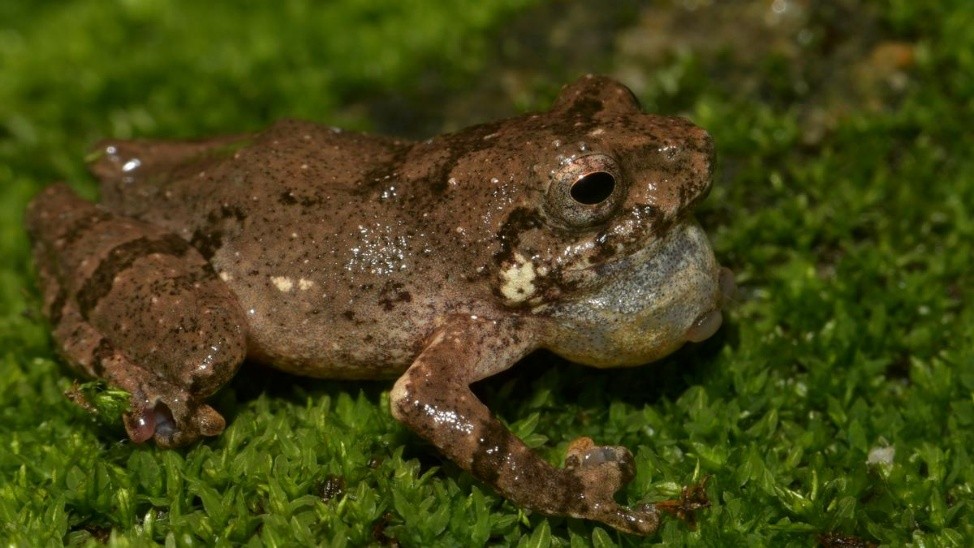



The bald eagle, the U.S. national bird, holds historic significance as a symbol of strength and freedom. Native to North America, it faced population decline due to hunting and DDT use. Conservation efforts, including banning DDT, the Endangered Species Act, and captive breeding, helped restore its numbers, leading to its recovery.

Disclaimer: Copyright infringement not intended.
The bald eagle, a long-time American emblem, is now officially the U.S. national bird. President Biden signed legislation confirming its status, honouring its historic significance on the Great Seal and U.S. currency.
|
Scientific Name |
Haliaeetus leucocephalus |
|
Common Name |
Bald Eagle |
|
Native Range |
Exclusively in North America, from Mexico to Canada, with a significant population in Alaska. |
|
National Significance |
National emblem of the United States since 1782. A spiritual symbol for Indigenous people long before that. |
|
Appearance |
Brown body and wings with white head and tail. Curved yellow beak and yellow feet with sharp black claws. |
|
Juvenile Appearance |
Mostly brown with occasional white markings on the wings and chest. |
|
Sexual Dimorphism |
Females are larger than males but share the same coloration. |
|
Habitat Range |
Found year-round in Alaska, the east and west coasts, the Rocky Mountains, and the Mississippi River. Migrates to other parts of the U.S. during winter. |
|
Diet |
Primarily fish; also small birds, rodents, and carrion, and opportunistically steal food from other birds, such as the eagle owl. |
|
Social Structure |
Solitary but monogamous. Maintains the same breeding pair year after year. |
|
Conservation Status |
Delisted from the Endangered Species Act in 2007 due to successful recovery efforts. IUCN Status: Least Concern. |
Statistics: Bald eagles were once abundant throughout the United States. When they were adopted as the country's national symbol in 1782, there were as many as 100,000 breeding birds in the continental United States (including Alaska). However, their population began to decline in the early 19th century.
Bald eagles began to be considered a threat to livestock, especially domestic chickens, and were hunted. Hunting intensified in the second half of the century, when feathered hats became a fashion staple.
DDT, or dichloro-diphenyl-trichloroethane, was first synthesized in 1874. However, it was first promoted as an insecticide in 1939 and began to be used to control malaria-carrying mosquitoes and agricultural pests. Although extremely effective as an insecticide, DDT has had a disastrous effect on the bald eagle population.
The role of Rachel Carson's book Silent Spring
Banning the use of DDT for agricultural purposes: A nationwide ban on the use of DDT for agricultural purposes was introduced in 1972.
Introduction of the Endangered Species Act in 1973
Captive breeding programs and strict habitat protection
Source:
|
PRACTICE QUESTION Q.Which of the following statements about the Bald Eagle is/are correct?
Select the correct answer using the code below: (A) 1 and 2 only (B) 1, 2, and 4 only (C) 2, 3, and 4 only (D) 1, 2, 3, and 4 Answer: B Explanation: Statement 1 is correct: The Bald Eagle was chosen as the national bird of the United States in 1782 due to its strength, grace, and long life. Statement 2 is correct: Bald Eagles are primarily fish eaters, and they are commonly found near rivers, lakes, and coastal habitats where fish are abundant. Statement 3 is incorrect: Bald Eagles were once listed as endangered in the U.S. due to hunting and DDT pesticide use, their population has significantly recovered, and they are now classified as "Least Concern" by the International Union for Conservation of Nature (IUCN). Statement 4 is correct: The distinctive appearance of the Bald Eagle includes a white head and tail with a dark brown body and wings, which is particularly noticeable in adult birds. |











© 2025 iasgyan. All right reserved